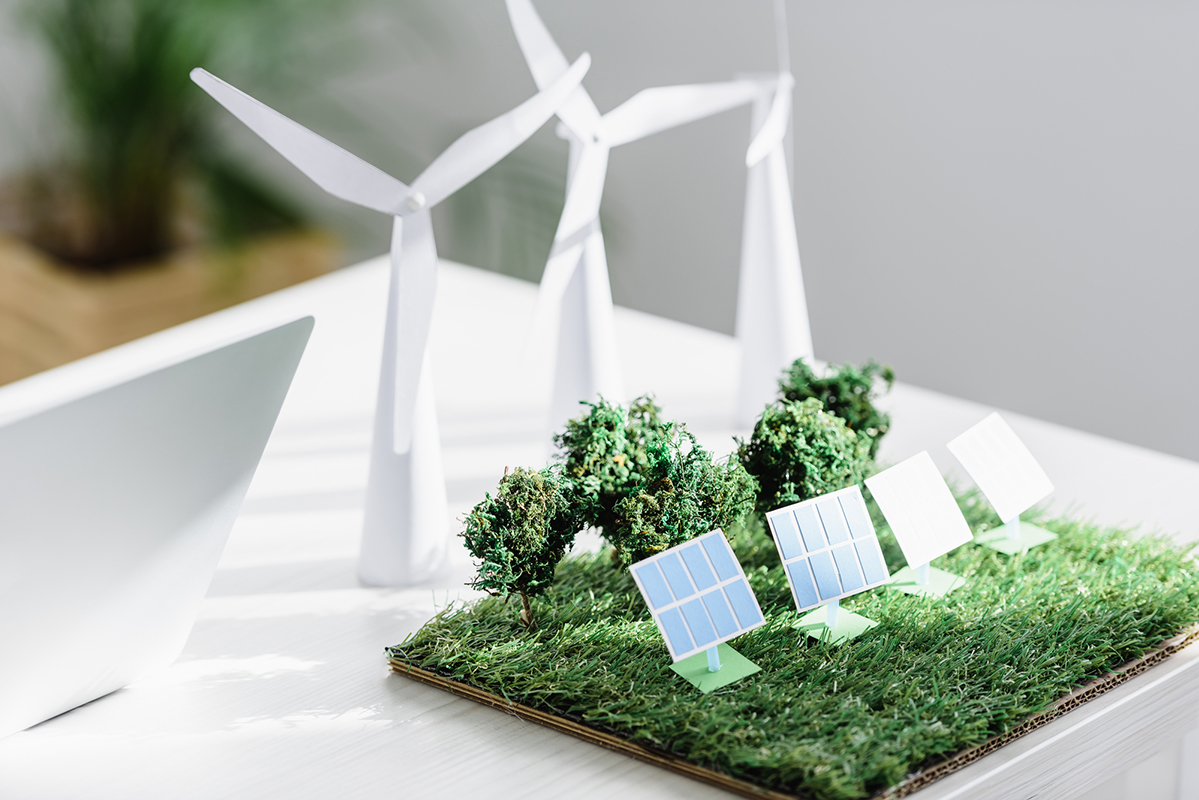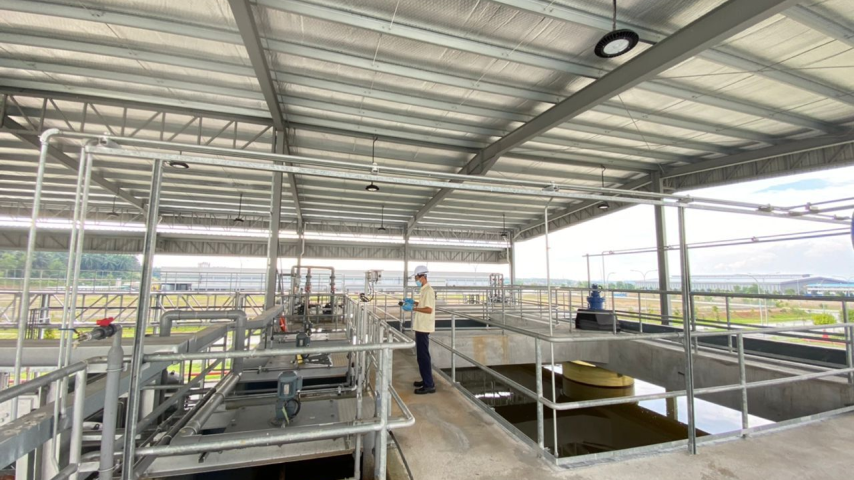Sustainable and Renewable Energy Sources

In today's world, where sustainability is at the forefront of our concerns, renewable energy has emerged as a practical solution. What is renewable energy? At its core, renewable energy is energy derived from sources that naturally replenish themselves over relatively short periods.
From the radiant power of the sun to the kinetic of wind energy, there are numerous sources waiting to be tapped. While it may not provide a total replacement to fossil fuels, renewable energy stands as a pivotal element in curbing the detrimental effects of climate change.
Types of Renewable Energy Sources in Malaysia
Renewable energy is a hot topic worldwide, with Malaysia joining the march towards a more sustainable future. This lends fresh relevance to our exploration today – an overview of Malaysia's diverse and abundant renewable energy resources.
Solar Energy
In Malaysia, there's been a marked increase in solar utilisation. This upsurge has been catalysed by the government's commitment to green initiatives. For example, the Sustainable Energy Development Authority (SEDA) introduced mechanisms for individuals and corporations to produce their renewable energy. Indeed, Malaysia is setting itself apart as a leader in solar power implementation.
However, some worry about reliance on weather patterns; they argue that it’s not always sunny in Malaysia due to monsoons. Here's a counterpoint: solar power storage technology has come a surprisingly long way! Today’s batteries are capable of storing excess generated power for later use – even during those heavier rainfalls.
Bioenergy
The palm oil industry is Malaysia’s third-largest agricultural industry after rubber and rice. Hence, its waste could provide an important contribution towards meeting national renewable biomass energy targets. Oil Palm Biomass is typically converted to pellets or briquettes and then used for heat and power generation.
Interestingly, effluent from palm oil mills can be treated to produce biogas as a substitute for natural gas. Rice husks, too, are being utilised – burned in boilers as a cheap source of steam for use within rice mills themselves.
The Malaysian government's commitment to bioenergy doesn't stop there. They are looking beyond conventional uses of such resources; biofuel development programs like the National Biofuel Policy demonstrate their progressive approach.
Hydropower
Hydropower plays a crucial role in Malaysia's energy portfolio. This renewable source of power has been utilised sustainably, with an extensive presence dating back decades. The nation harbours numerous potential sites for hydroelectricity generation, tapping into the abundant water resources split between its peninsular half and East Malaysian states.
Nowadays, the focus is slowly shifting towards smaller-scale projects known as mini-hydro plants renowned for their lower environmental impacts and quicker turnaround times for installation. These smaller plants can generate electricity and provide reliable off-grid power solutions to remote communities that face problems with electricity supply from the main grid.
Geothermal Energy
Malaysia is no stranger to this geothermal power. The country straddles the Pacific 'Ring of Fire', a tectonically active area known for its volcanoes and earthquakes. This region stores scorching magma bodies close to the surface that can be harnessed for geothermal power.
Think about Apas Kiri in Negeri Sembilan - Malaysia’s first dedicated attempt to develop a geothermal power plant. Touted as an incredibly clean solution, it aimed to reduce reliance on non-renewable resources for electricity generation.
Other Renewable Energy Examples

Moving on from the applicable ideas and venturing into the unfitting in Malaysia yet available options can completely transform our perspective on energy generation.
Wind Energy
Harnessing wind power starts with wind turbines. These majestic giants are modern-day windmills purpose-built for producing electricity. They capture the wind's force using three-blade rotors resembling oversized aeroplane propellers. When the wind blows, these rotors turn and generate electric power.
Despite its many pros, wind energy isn't without challenges - intermittent gusts of winds and large tracts of land for installations are two main obstacles. Wind doesn't blow all the time everywhere; it’s unpredictable and inconsistent. Also, for sufficient power generation, we need multiple turbines spread over vast landscapes which is often infeasible in densely populated areas.
Ocean Energy
Multiple methods exist for harvesting ocean energy. Wave energy converters harness power from surface waves. Tidal streams generate energy through underwater turbines, much like wind versions but submerged. There's also thermal energy conversion which exploits temperature differences in seawater layers.
However, ocean-based systems are not without challenges. The seascape is rough - salt water corrodes infrastructure, marine life interferes with operations and powerful storms wreak havoc on equipment. High installation costs shouldn't be overlooked either; especially when terrestrial alternatives energise at a fraction of the price.
Environmental Benefits of Clean and Green Energy
Renewable energy offers a multitude of environmental benefits that are driving its widespread adoption across the globe.
- Unlike fossil fuels, which release carbon dioxide and other pollutants when burned for energy, renewable sources like solar, wind, and hydropower produce little to no direct emissions during electricity generation.
- Renewable energy sources are often associated with lower water consumption compared to fossil fuel power plants, which can be especially crucial in water-scarce regions.
Economic and Social Aspects of Renewable Power Generation
Renewable energy offers tangible economic advantages that extend well beyond environmental considerations.
- The renewable energy sector has become a major source of employment, spanning installation, maintenance, manufacturing, and research and development.
- Less susceptible to market fluctuations and geopolitical tensions, which can lead to volatile energy prices.
Renewable energy also has a range of positive social impacts, with improved public health being a standout benefit.
- Lower healthcare costs and an overall improvement in public well-being.
- Foster collaboration with local communities where these projects can create opportunities for community engagement, investment, and additional revenue streams.
Exploring Renewable Energy Systems with Ajinomoto Malaysia

Ajinomoto Malaysia Berhad (AMB) has demonstrated its commitment to sustainable energy initiatives through its relocation to an 'eco-friendly factory' in Bandar Enstek. As a Certified Green Building and a responsible corporate citizen, AMB has taken proactive steps to address global warming and environmental concerns.
Their efforts include a substantial reduction in Carbon Dioxide (CO2) emissions by transitioning from fuel oil to natural gas as a heat source and harnessing renewable energy from solar panels. These initiatives align with Ajinomoto Group's global sustainability strategy, which aims to promote better health, reduce environmental impacts, and improve overall quality of life.
Looking ahead, AMB's new plant is poised to further contribute to the sustainability of society and the environment. Collaboration with customers and local communities along the entire value chain underscores their commitment to becoming Malaysia's most trusted and beloved food company while advancing the cause of sustainability.

